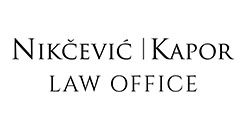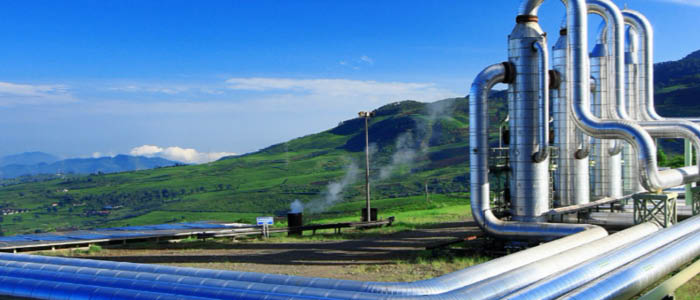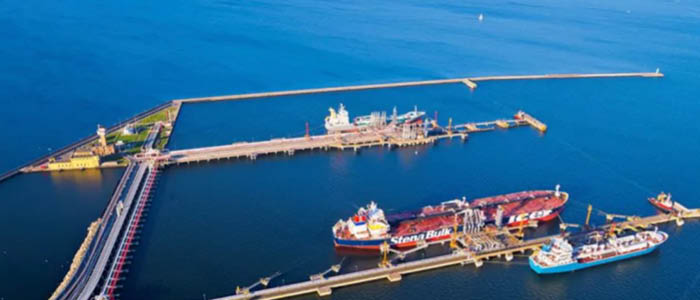Serbian national electricity company, Electric Power Industry of Serbia (“EPS”), is working actively on the development of systems for generation of renewables. Some of the most important ventures at the moment are construction of solar and wind farm in Kostolac, a small town in the eastern part of Serbia, as well as support to investments in the field of biofuels.
Taking into consideration the already existing position of EPS as the natural monopoly, EPS is de facto the most important and the biggest power generator in Serbia, producing more than 98% of its total electricity. This advantage enables EPS to invest some of its revenues towards goals defined by the Government. This is exactly the case with the already invested financial means in the sector of environmental protection. Namely, EPS works actively on the introduction of certain new power generation methods. According to the newest data released, 60% of its current production is generated from coal and cca. 30% from hydro potential.
Those plans are in line with the internationally accepted obligations, which Serbia undertook by signing the Paris Agreement determining the newest threshold for reduction of gas emissions on the global level.
Besides, Serbian National Action Plan for the introduction of renewable energy implements the goal of about 4 TWh of power generated from renewable sources by 2025.
On one hand, the abovementioned solar and wind project planned in Kostolac represent the embodiment of such plans and just a beginning of the road to greener and eventually cheaper energy in Serbia. The projected Kostolac solar and wind farm should produce about 70 MW of power. City of Kostolac has a long tradition of fuel provision. Mines in Kostolac will now attain inheritors to continue this practice. Also, the Kostolac Power Plant will directly profit from such project positioning.
Biofuels, on the other hand, represent not only a chance for the development of environmental protection, but also a chance for modernization of agriculture and livestock breeding in Serbia. In some rural parts, this is still a major activity. Unfortunately, biofuels are still not widely popular and developed as is the case with other types of renewables. The Government of Serbia and EPS are working on construction of new biofuel plants and new, even more helpful, incentive measures. Buyout prices are higher than last year for 3 eurocents per kWh and the Government has an obligation to buy out the complete production for the next 12 years. However, developments in this specific field so far have been few and far between, and the private sector demands more assistance of the Government. Current biofuel energy production amounts to only 6,32 МW.
To conclude, Serbia and its major power generating company are indeed working actively on promotion of internationally accepted goals. Renewable energy cannot be understood as the only and ultimate method of power generation, but it absolutely can help achieve cleaner and greener environment in the years to come. Its development and introduction is more expensive, but in the long term it brings more good than bad than traditional, fossil fuels we mostly use today.
By Milan Samardzic, Partner, Katarina Grga, Associate, SOG / Samardzic, Oreski & Grbovic





























